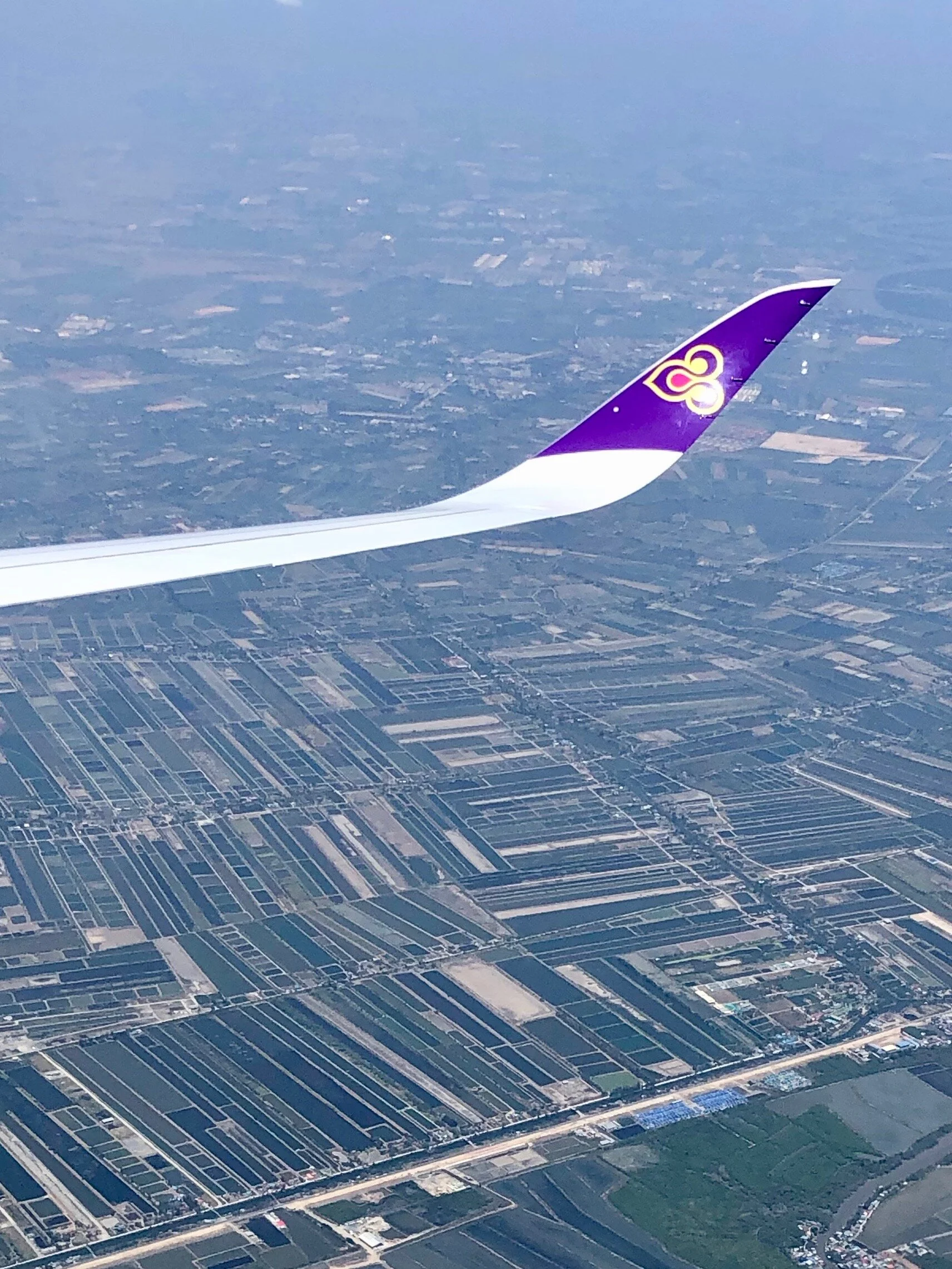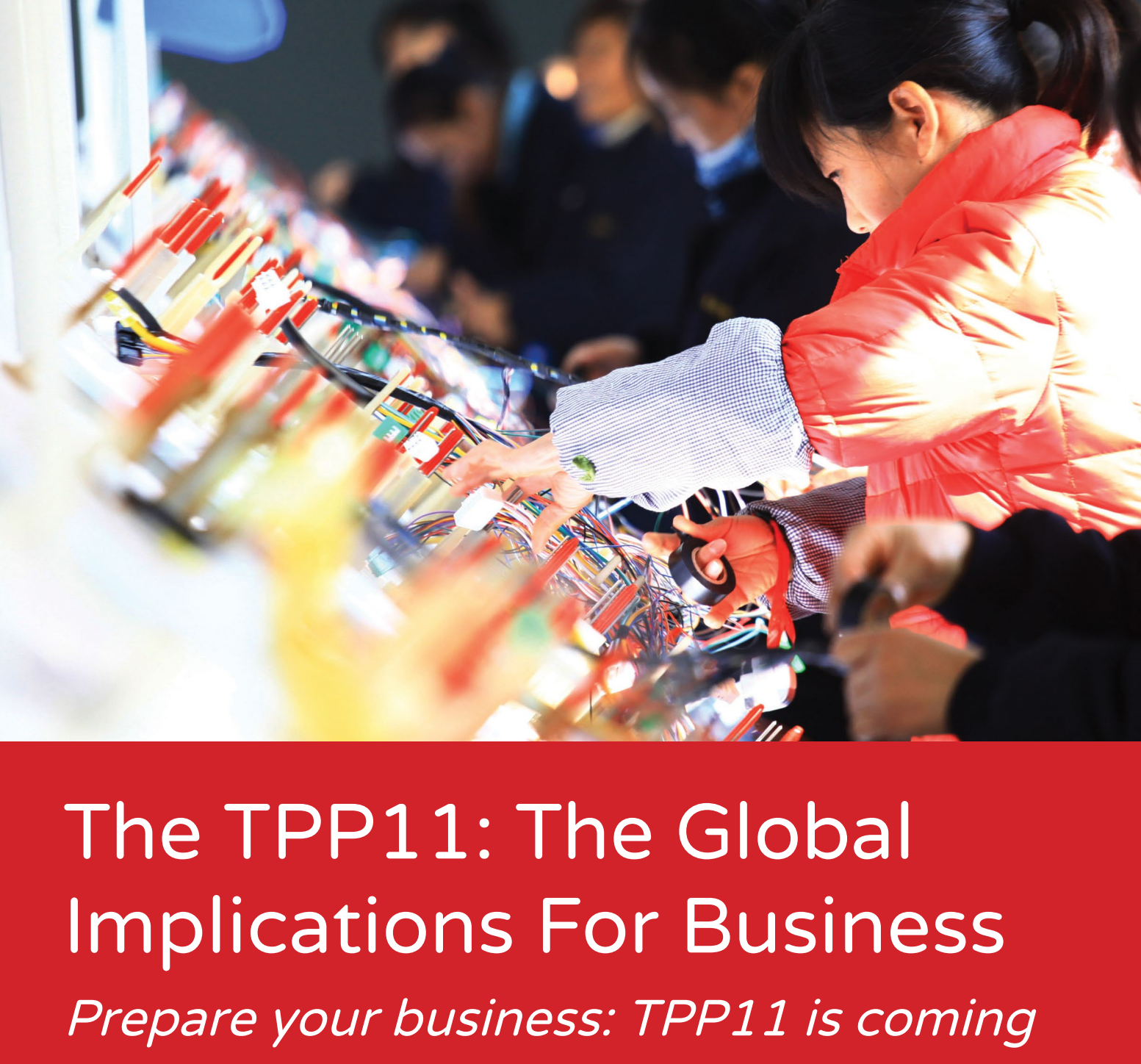At a time of unprecedented challenges to global and regional trade, the CPTPP provides a welcome dose of lowered risks and greater certainty. Firms are currently thinking mostly about the impact of COVID-19 on trade. But there is also a second challenge on the horizon—governments are increasingly disregarding their global obligations under the World Trade Organization (WTO). The multilateral trade regime is, at best, creaking under the weight of increasingly out-of-date rules and fewer partners willing to step up and lead the institution to the future. The CPTPP is a critically important trade agreement meant to shore up support for market activities between member states. Governments, of course, still maintain the right to regulate, including for human, animal and plant life and health. But CPTPP member governments have also agreed to limit scope for discriminatory, arbitrary and non-transparent decisions that affect trade with other partners. Such stability commitments are likely to be more urgent than ever in a post-virus world. Firms that are inside the CPTPP stand to benefit much more than companies that are not able to use the deal. This means that economic growth should rebound faster in CPTPP member countries, with better job prospects and more opportunities.
The Titanic Has Hit the Iceberg: Global Trade in Profound Trouble
We have not seen this sort of global trade system in a very long time, so it is not possible to imagine fully what it will look like. But to return to the Titanic discussion, if the main boat is sinking, what will happen? Everyone will be desperately looking for any way possible to avoid drowning. The ideal scenario is to have another luxurious cruise ship nearby to pick you up. For some countries, this trade option is available. The European Union fits the bill for some lucky passengers. Slightly less fancy, but still desirable, will be the Comprehensive and Progressive Trans-Pacific Partnership (CPTPP), which gives members significant benefits from being inside a new luxury liner. A bigger boat is much better in a wide ocean than smaller boats. The Regional Comprehensive Economic Partnership (RCEP) with 15 members in Asia is slightly less well-appointed than the CPTPP, but will do quite nicely for most Asian countries. Some countries will be looking for any lifeboat, including tiny rowboats made from lashing together bilateral deals with key trading partners. Some will get stuck trying to straddle a bunch of smaller boat options. Finally, some members will have no true options and are facing the freezing waters. One of the main purposes of the multilateral trading system, in fact, has been to help smaller, poorer countries navigate a world of bigger, more powerful countries. Once the Titanic sinks, this safety net is no longer available. Drowning is a real risk.
The CPTPP Enters Into Force on December 30, 2018
After a long and arduous path, the Comprehensive and Progressive Trans-Pacific Partnership (CPTPP) trade agreement is ready to enter into force on December 30, 2018! Six member states have completed ratification procedures to allow the entire agreement to begin before the end of this year: Australia, Canada, Japan, Mexico, New Zealand and Singapore. This means that for these six members, every provision in the CPTPP will enter into force on December 30. Every tariff line will be reduced or eliminated, every service and investment sector that was pledged will be opened for CPTPP companies, all new rules on intellectual property rights start, all new customs procedures begin, new provisions for competition and state-owned enterprises kick in, labor and environment rules come into force, and so forth.



